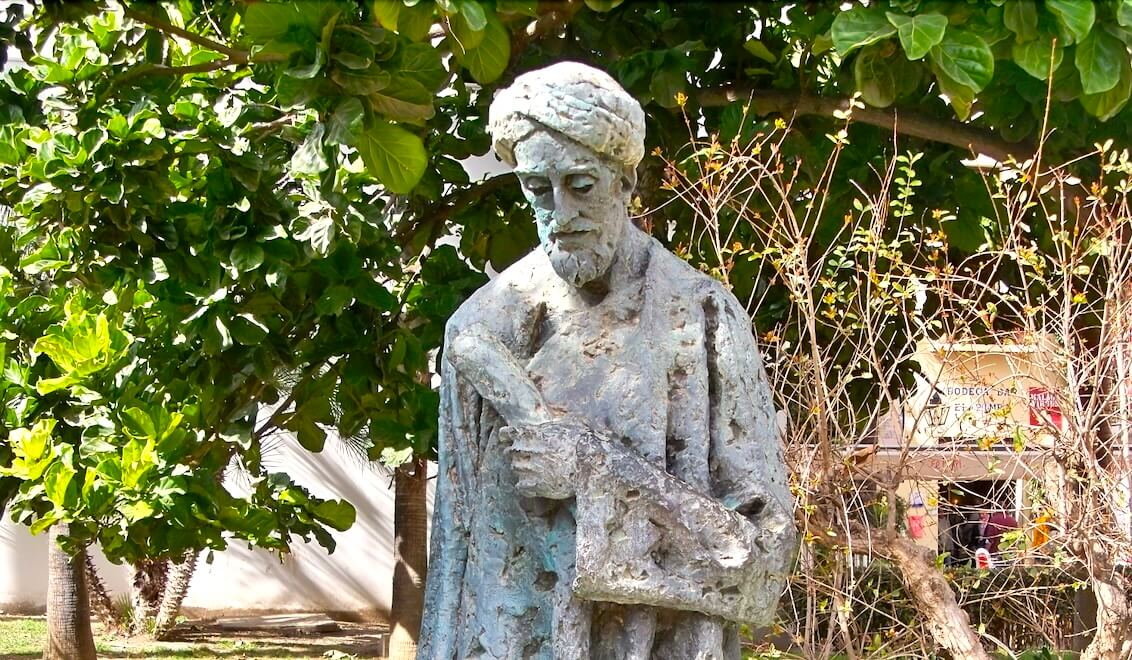Live Tweeting the Kristallnacht Pogroms

Image by getty images
Exactly 75 years ago, between November 7 and 13, 1938, a wave of anti-Semitic pogroms swept across Germany and Austria. This year, a group of German historians chose to commemorate the events, which marked a turning point in the Nazi’s persecution of Jews, using an unconventional medium: Twitter.
On October 28, the five historians who stem from different German universities, started live-tweeting the events of 1938 in German, as if they happened now, using the handle @9nov38 and relying on historical data that include newspapers and postcards.
The first tweet reads “Starting on October 28 more than 15,000 Polish Jews were expelled from the Deutsche Reich, immediately effective.”
Ab dem 28. Oktober wurden über 15.000 polnische Juden mit sofortiger Wirkung aus dem Deutschen Reich ausgewiesen.
ampmdash; Heute vor 75 Jahren (@9Nov38) October 28, 2013
On the morning of November 8, the group posted a picture of the headline of the Nazi party’s newspaper “Der Völkische Beobachter” announcing the assassination of the German ambassador in Paris, Ernst von Rath, by 17-year-old German-born Jewish Herschel Grynszpan: “Jewish Assassination in Paris. Member of the German Embassy Perilously Wounded By Shooting. The Murderer Boy: A 17-Year-Old Jew. Villain to Europe’s Peace.”
Der “Völkische Beobachter” setzt alle Anweisungen des Propagandaministeriums um. pic.twitter.com/gOFoZ38u5u
ampmdash; Heute vor 75 Jahren (@9Nov38) November 8, 2013
The assassination was used by Nazi propagandists to justify the ensuing pogroms across Germany and Austria, which lead to the looting of thousands of synagogues, Jewish institutions and home as well as the death of 400 Jews. In the evening of November 7, there are the first tweets recounting attacks against Jewish institutions, as the inventory of the Jewish school in Kassel is destroyed and thrown onto the street.
Im jüdischen Schul- und Gemeindezentrum Kassel in der Großen Rosenstraße wird das Inventar zerstört und auf die Straße geworfen.
ampmdash; Heute vor 75 Jahren (@9Nov38) November 7, 2013
Even though Moritz Hoffmann, one of the participating historians from Heidelberg, wrote on the group’s homepage that the project is an experiment, it is not the first endeavor to use social media to “relive” German history: Last year, a regional TV station used Twitter to recount the fall of the Berlin wall on November 9, 1989 using fictional characters. The initiative was criticized for using over-simplified language and content.
Today 75 Years Ago, as the project commemorating the November pogroms is called, therefore relies on historically reliable sources only. Because of the limited length of tweets, the group has announced that all the sources will be published on their website once the project is finished in mid-November.
The German term “Kristallnacht”, which translates to “crystal night”, is widely used to refer to the November pogroms in the U.S. and elsewhere. But it is commonly considered inappropriate in Germany and Austria today because it sounds like a flippant or cynical description of the shattered glass from the synagogues and shop windows on the streets, which resembled crystals.

















